Fossil fuels behind 81% of Irish energy use last year
Fossil fuels were Ireland’s primary energy source last year, accounting for 81% of primary energy supply, according to an analysis of global energy data by KPMG.
Ireland now ranks 8th globally for wind and solar penetration as a share of total electricity generation however, though the growth in electricity demand outpaces the development of renewables.
The analysis found, despite notable advancements, Ireland still faces significant hurdles in securing a sustainable energy future.
The Energy Institute, in collaboration with Kearney and KPMG, released the 74th edition of the Statistical Review of World Energy, offering a look at global energy data for 2024.
The review paints a compelling picture of Ireland’s progress, which saw a remarkable decrease in emissions against a backdrop of robust energy demand, driven by the closure of the country’s last coal-fired power station and strategic renewable energy policies.
Emissions in the energy industries reduced by 8.9% in 2024, the third consecutive year a decrease was observed, partially due to an increase in electricity imports from Great Britain.
Transport emissions marginally decreased by 1.2% despite a 4.1% increase in the national fleet. This is the first decrease in transport emissions since 2020 and a result of increased adoption of biofuels and electricity. In contrast, residential emissions increased by 4.9% in 2024 with consumption of all non-renewables excluding peat increasing.
However, fossil fuels remained as Ireland’s primary energy source in 2024, accounting for 81.4% of primary energy supply. This corresponded to an increase of 0.7% from 2023, despite drops in coal and peat. Ireland remains heavily dependent on natural gas which fuelled 42% of electricity generation in 2024.
“The statistical review shows that Ireland has the capability and resources to build on the successes delivered in 2024,” said James Delahunt, Head of Energy & Natural Resources, KPMG in Ireland. “However, growing strategic risks underscore the need to prioritise policies and initiatives that will efficiently and cost-effectively deliver renewables and system flexibility to phase fossil fuels out of the economy.”
Challenges ahead
Despite the gains, Ireland grapples with critical challenges, including security of supply concerns, rising electricity prices, and difficulties delivering major infrastructure projects.
The Temporary Emergency Generation Programme, intended to address supply concerns, has seen its budget balloon from €400 million to an anticipated €1.3 billion. Additionally, a planned Floating Regasification Storage Unit to facilitate LNG imports is estimated to cost an additional €900m.
Electricity prices surged in 2024, positioning Ireland as having the highest non-household electricity costs in the EU, with household rates 30% above the EU average, second only to Germany. These steep prices have been flagged by businesses as a significant threat to investment and business viability, posing risks to Ireland’s ambitious decarbonisation goals.
In addition, Ireland’s infrastructure also faces major obstacles, with grid capacity struggling to keep pace with rapid demand increases driven by data centre expansion and increased electrification in heating and transport. However, the €200 billion National Development Plan aims to address these challenges through major grid infrastructure upgrades to support both economic growth and renewables integration in tandem.
Electricity demand growth outpaces renewables development
Domestic electricity demand rose by 4.1% in 2024, while the share of renewable generation decreased marginally from 40.7% in 2023 to 39.6% in 2024. Electricity imports via interconnectors were the third largest source of supply, contributing 14% of the mix. The €1bn Celtic Interconnector project, now delayed to spring 2028, will provide crucial electricity import capacity to meet our rapidly expanding electricity demand.
2024 saw a 71% increase in solar power production, outpacing the growth of all other renewable technologies and serving 3% of electricity demand. Ireland now ranks eight globally for wind and solar penetration as a share of total electricity generation, with Denmark leading the way.
While substantial progress has been achieved, Ireland faces significant challenges to delivering the goal of 80% renewable electricity by 2030, with the SEAI warning that current efforts fall short of carbon budgets and EU targets.
Article Source – Fossil fuels behind 81% of Irish energy use last year
